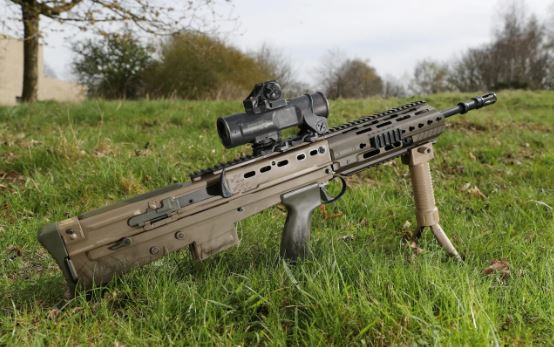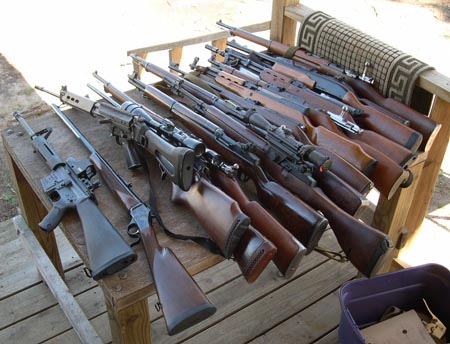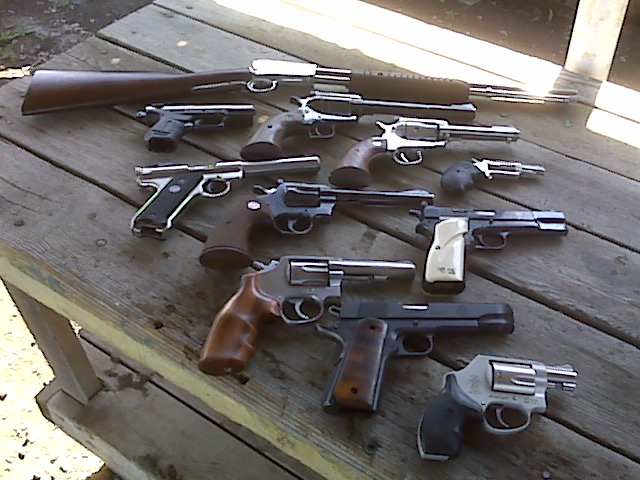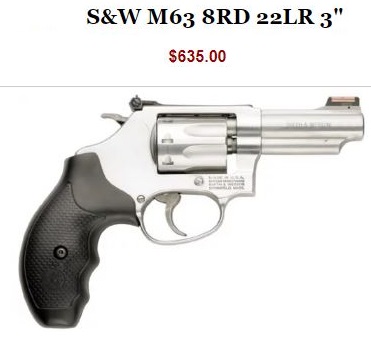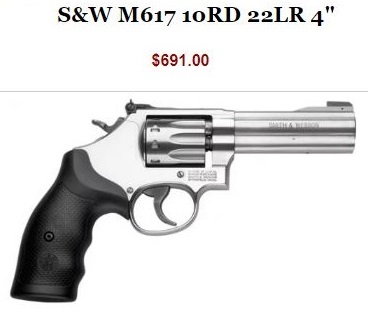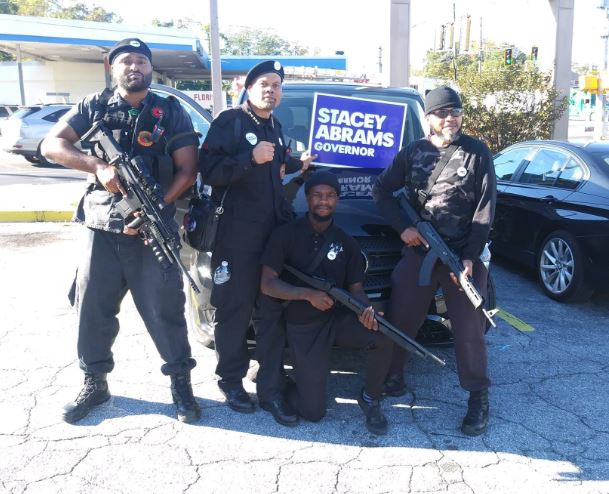Insty linked to this article a while back:
Will #MeToo Spark Backlash Against Women in the Workplace?
You’d better believe it, although not just in the ways that the [female] writer of the article thinks. Here are my thoughts on the topic, and I’ll bet anything that I’m not alone in this.
If I were a company owner or senior manager, my first obligation would be to the company: its performance, productivity and profitability (the Three Ps). In order to further that agenda, these are the things I’d do.
- I would never hire a woman again, unless I absolutely had to. In the latter situation, I’d hire an older woman with lots of experience only if there was absolutely no male candidate for the job with the same skills. (Why older? Because young women are fucked up, and I’m not interested in helping them. Younger women are also more likely to affect one or more of the Three Ps because of their attitude, their propensity to cause trouble in the office, their sense of entitlement, and all the other characteristics which would affect the company’s productivity e.g. months and months of pregnancy leave.) But honestly, I would prefer to hire male workers almost exclusively so we could concentrate on getting the job done.
- I would not hire a Human Resources manager, or have an HR department. HR is most often a refuge for women in any case, it has no operational function within a company, is quite simply overhead, and in many cases, malevolent overhead because it has to justify its existence, and can only do so by screwing with the lives of the employees and being an organ whereby dissatisfaction can be aired. Every single technical function of HR can be handled by competent line managers, and what can’t be, I’d outsource.
- There would be no administrative assistants (“secretaries”, as we used to call them, another hive for women to inhabit). In today’s world, I would expect every employee to handle their own admin as part of the job description. What they can’t handle (e.g. business travel planning, which can get complicated), I’d outsource that as well.
- If I were to hire a woman, she’d have either a STEM degree from a technical college or any degree from Hillsdale. I would make it plain, as part of the interview, that the focus of her job was to be the business, and nothing else. And yes: she would have to have a track record at least twice as good as any male interviewee for the position.
If all this comes across as hard-ass or “discriminatory”, I don’t care because I didn’t create today’s toxic environment, where men are vilified just for being men, where unprovable accusations are accepted as fact, and where prickly sensitivities have to be protected by company policy instead of by manners and decency. To be frank, I hate the feminization of the business world, and in my own small way I’d be pushing back against it.
Of course, I’m never going to work in an office, or for Global MegaCorp Inc. or for anyone other than as an at-will worker. Nor will I ever hire anyone ever again. But let me tell you all, do not be surprised if the “backlash against women in the workplace” manifests itself in any or all of the above bullet points, even in part.
Men didn’t start this bullshit; but we sure as hell can do our part to end it. What you sow, you reap in the end; and women need to understand this, if nothing else.
